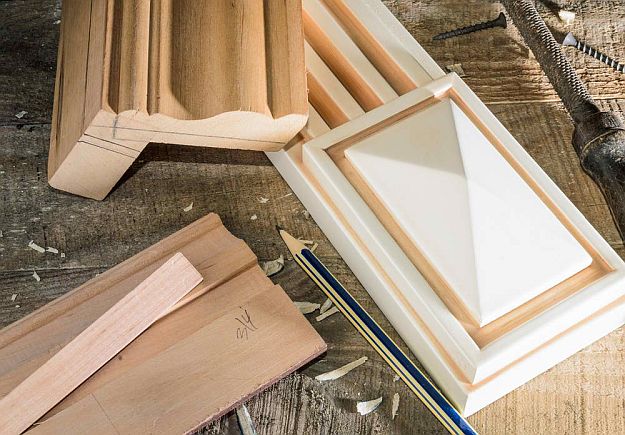Delve Into The Appealing Odyssey Of Refurbishing Historic Cabinets, Uncovering Covert Stories And Deciphering The Enigmas Of Previous Generations
Delve Into The Appealing Odyssey Of Refurbishing Historic Cabinets, Uncovering Covert Stories And Deciphering The Enigmas Of Previous Generations
Blog Article
Web Content Writer-Snider McMahan
To begin the trip of recovering antique cabinets, you require a keen eye for detail. Imagine uncovering concealed tricks within each layer of history ingrained in the wood. Image the complete satisfaction of reviving a once-forgotten piece to its previous splendor. Every step of this careful process holds the vital to protecting the past while creating a future antique. So, are you ready to start this transformative venture and unlock the capacity of your antique closets?
Examining the Cupboard's Problem
When starting the repair process, start by evaluating the problem of the antique cabinet. Very carefully examine the total structure for any type of indicators of damages such as cracks, chips, or loosened joints. Check the wood for any kind of rot, bending, or insect invasion that may have happened in time. It's vital to determine the extent of the remediation needed prior to proceeding additionally.
Next, check the cupboard's equipment such as joints, knobs, and locks. Make note of any missing out on pieces or parts that require repair service or replacement. Make sure that all equipment is working appropriately and firmly affixed to the cupboard.
Additionally, evaluate the cupboard's surface. Look for any type of scratches, spots, or discoloration that may impact the visual charm. Figure out if the coating requires to be stripped and reapplied or if a straightforward touch-up will be enough.
Gathering the Required Devices and Materials
After evaluating the problem of the antique closet, the following step is to gather the needed tools and materials for the repair process. Prior to you begin, ensure you have the adhering to items accessible:
- timber cleaner
- sandpaper in different grits
- timber filler
- paint or timber discolor
- brushes
- gloves
- safety goggles
- a dust mask
- a ground cloth
- a putty blade
- a hammer
- a screwdriver
- a hoover
These devices and materials are important for a successful remediation.
https://azbigmedia.com/real-estate/how-to-deal-legally-with-remodeling-or-construction-defects/ is critical for getting rid of years of dust and grime accumulation, preparing the surface for sanding. Sandpaper of different grits helps in smoothing out blemishes and preparing the wood for a new coating. Timber filler comes in handy for fixing any type of fractures, openings, or dents existing in the cupboard.
Paint or wood tarnish, in addition to brushes, enable you to tailor the cupboard to your preference. Keep in mind to wear gloves, safety goggles, and a dirt mask for security. Lay down a drop cloth to protect your workplace, and make use of a hoover to tidy up any type of debris.
With these tools and products collected, you're ready to begin the reconstruction procedure.
Carrying Out the Repair Refine
To effectively perform the remediation procedure on your antique closet, begin by completely cleaning up the surface area with the timber cleaner. This action is crucial as it aids remove years of dirt, gunk, and old polish that may have accumulated externally.
As soon as https://stucco-house-exterior-mak10864.blue-blogs.com/35946145/start-your-expedition-of-cupboard-styles-and-designs-to-introduce-the-capacity-for-transforming-your-location-with-an-ideal-mix-of-sophistication-and-capability is tidy and dry, examine the problem of the wood. Look for any fractures, scrapes, or various other damages that require to be resolved. Usage timber filler to fix any imperfections, ensuring to match the filler shade to the timber tone for a smooth coating.
After the fixings have dried, delicately sand the entire surface area to produce a smooth and even base for the brand-new coating. Be careful not to sand as well boldy, as you don't wish to harm the wood underneath.
When the sanding is complete, use a timber discolor or complete of your selection, adhering to the producer's directions. Allow the coating to dry completely before using a protective leading layer to guarantee the long life of your brought back antique closet.
Final thought
Since you have actually completed the remediation process, your antique closet looks as good as brand-new.
By adhering to the step-by-step overview, you were able to evaluate, repair, and enhance its problem with ease.
With a fresh surface and protective leading coat, your treasured piece will certainly continue to shine for many years ahead.
Take pleasure in the beauty of your brought back antique cupboard!
